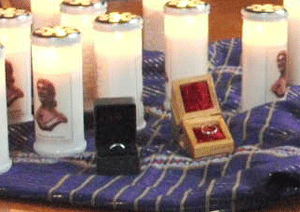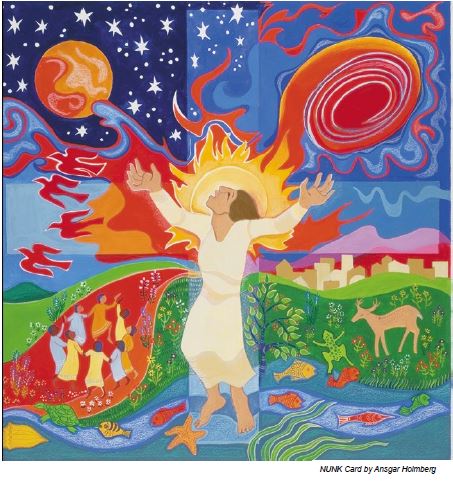Minnie Fitzgibbons was born in St. John’s on February 2, 1869, daughter of Margaret and Edmund Fitzgibbon. She was one of the first to study at St. Clair’s Boarding School which had opened at the Mercy Convent site in 1861. During her years there, she studied piano under the direction of one of the school’s teachers, Professor Hancock. She was among the first to be enrolled at St. Bride’s Boarding School when it opened in 1884.
 After the completion of her studies at St. Brides, Minnie entered the Sisters of Mercy, and at her reception into the novitiate received the name Sister Mary Benedicta. She was professed on December 27, 1887. During her years at St. Bride’s Sister M. Benedicta’s musical talent was developed under the direction of the highly skilled Sister M. Xaverius Dowsley, and she herself became an accomplished musician. She wrote the music for one of Archbishop Howley’s poems, Dear Old Southside Hills.
After the completion of her studies at St. Brides, Minnie entered the Sisters of Mercy, and at her reception into the novitiate received the name Sister Mary Benedicta. She was professed on December 27, 1887. During her years at St. Bride’s Sister M. Benedicta’s musical talent was developed under the direction of the highly skilled Sister M. Xaverius Dowsley, and she herself became an accomplished musician. She wrote the music for one of Archbishop Howley’s poems, Dear Old Southside Hills.
Sister M. Benedicta was one of the last Sisters to teach at St. Peter’s School, formerly Fishermen’s Hall located on the corner of Queen Street and George Street. It operated as a school from 1881 until 1903, when it was replaced by St. Vincent’s School on the “Parade Grounds,” where The Rooms is situated today. Over its twenty- two- year history many of the sisters from Mercy Convent taught at St. Peter’s.
After Amalgamation in 1916, Sister M. Benedicta was named the first novice mistress for the new Congregation of the Sisters of Mercy of Newfoundland. In 1922 at the completion of her six-year term at the Novitiate, she went as superior of the founding community of St. Joseph’s Convent in the Hoylestown area of St. John’s. She taught music in St. Joseph’s School, providing a comprehensive music program for the students as well as taking responsibility for parish liturgies.
Between 1937 and 1949 Sister M. Benedicta held the office of local superior both at Mercy Convent and at St. Clare’s Convent. While at St. Clare’s she and her community, with the help of generous benefactors, created a fund called St. Joseph’s Burse which allowed St. Clare’s to provide free accommodation and care to needy pregnant mothers and their babies in the absence of government remuneration. This fund continued until the advent of National Health Insurance in 1958.
In 1949 Sister M. Benedicta returned to Mercy Convent where she resumed her teaching of music until failing health necessitated retirement from active ministry. She died on July 15,1959 at the age of 90 years and is buried in Belvedere cemetery.
- Read more Sisters stories documenting our Newfoundland Mercy Story
Minnie Fitzgibbons nació en St. John’s el 2 de febrero de 1869, hija de Margaret y Edmund Fitzgibbon. Fue una de las primeras en estudiar en el internado de St. Clair, que había abierto sus puertas en el convento de la Misericordia en 1861. Durante sus años allí, estudió piano bajo la dirección de uno de los profesores de la escuela, el profesor Hancock. Fue una de las primeras en matricularse en el internado St. Bride’s cuando se inauguró en 1884.
Tras finalizar sus estudios en St. Brides, Minnie ingresó en las Hermanas de la Misericordia, y en su recepción en el noviciado recibió el nombre de Hermana Mary Benedicta. Profesó el 27 de diciembre de 1887. Durante sus años en St. Bride, el talento musical de la Hermana M. Benedicta se desarrolló bajo la dirección de la muy hábil Hermana M. Xaverius Dowsley, y ella misma se convirtió en una música consumada. Escribió la música para uno de los poemas del Arzobispo Howley, Dear Old Southside Hills.
La Hermana M. Benedicta fue una de las últimas Hermanas que enseñó en la Escuela de San Pedro, antiguamente Fishermen’s Hall, situada en la esquina de Queen Street y George Street. Funcionó como escuela desde 1881 hasta 1903, cuando fue sustituida por la St. Vincent’s School en el «Parade Grounds», donde hoy se encuentra The Rooms. A lo largo de sus veintidós años de historia, muchas de las hermanas del Convento de la Misericordia enseñaron en St.
Después de la Amalgamación en 1916, Sor M. Benedicta fue nombrada primera maestra de novicias de la nueva Congregación de las Hermanas de la Misericordia de Terranova. En 1922, al término de su mandato de seis años en el noviciado, fue superiora de la comunidad fundadora del convento de San José, en la zona de Hoylestown, en San Juan. Joseph’s School, donde impartió un amplio programa musical a los alumnos, además de responsabilizarse de las liturgias parroquiales.
Entre 1937 y 1949 la Hermana M. Benedicta ocupó el cargo de superiora local tanto en el Convento de la Misericordia como en el Convento de Santa Clara. Mientras estuvo en St. Clare’s, ella y su comunidad, con la ayuda de generosos benefactores, crearon un fondo llamado St. Joseph’s Burse, que permitía a St. Clare’s proporcionar alojamiento y cuidados gratuitos a madres embarazadas necesitadas y a sus bebés en ausencia de remuneración gubernamental. Este fondo continuó hasta la llegada del Seguro Nacional de Salud en 1958.
En 1949, la Hna. M. Benedicta regresó al Convento de la Misericordia, donde reanudó la enseñanza de la música hasta que, por problemas de salud, tuvo que retirarse del ministerio activo. Murió el 15 de julio de 1959 a la edad de 90 años y está enterrada en el cementerio de Belvedere.
- Lea más historias de Hermanas que documentan nuestra Historia de Misericordia de Terranova


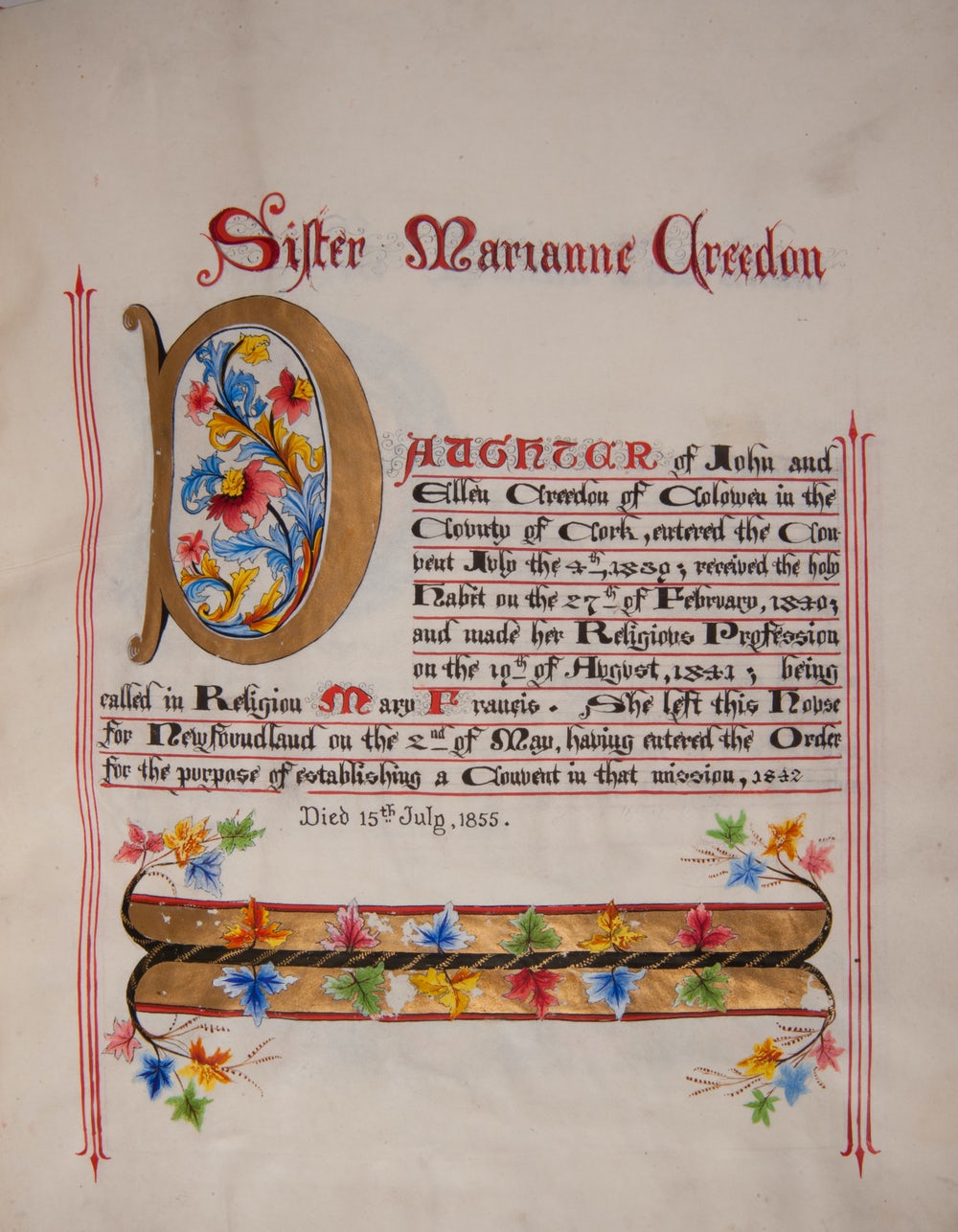 She and her few companions ministered in the school she had opened in 1843 and cared for the sick in their homes and at St. John’s Hospital, even during the most virulent epidemics that occurred so frequently in St. John’s in those days. Just a year before her death she opened Immaculate Conception Orphanage at Mercy Convent to care for children orphaned by these epidemics.
She and her few companions ministered in the school she had opened in 1843 and cared for the sick in their homes and at St. John’s Hospital, even during the most virulent epidemics that occurred so frequently in St. John’s in those days. Just a year before her death she opened Immaculate Conception Orphanage at Mercy Convent to care for children orphaned by these epidemics.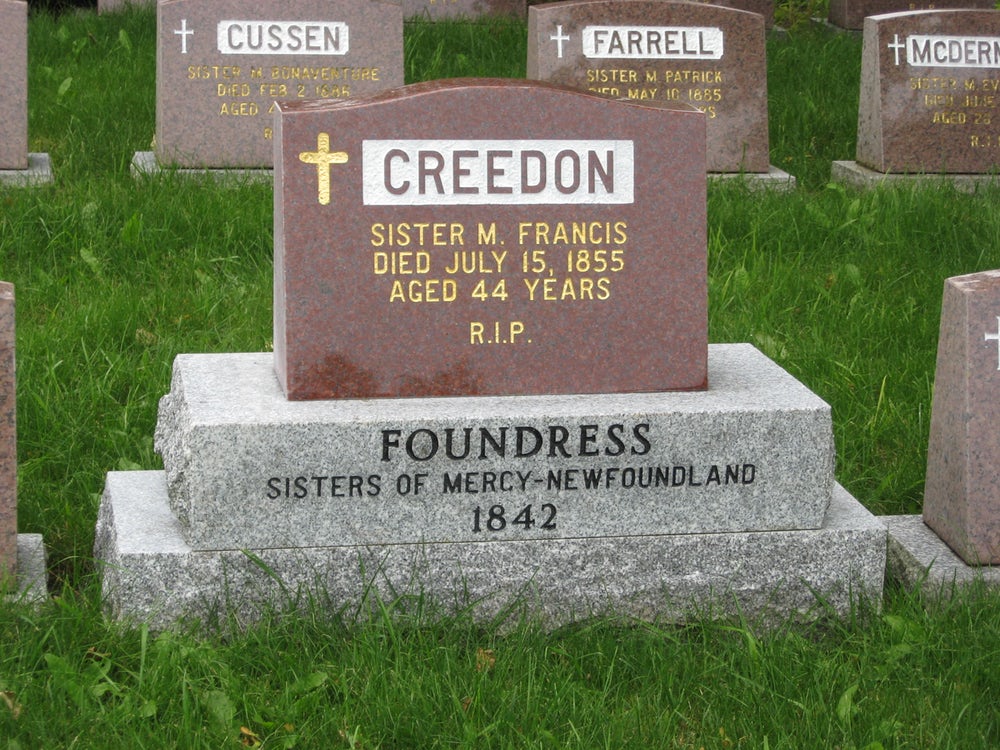 Ella y sus pocas compañeras ejercieron su ministerio en la escuela que había abierto en 1843 y atendieron a los enfermos en sus casas y en el Hospital de San Juan, incluso durante las epidemias más virulentas que se daban con tanta frecuencia en San Juan en aquellos días. Justo un año antes de su muerte abrió el Orfanato de la Inmaculada Concepción en el Convento de la Misericordia para atender a los niños huérfanos a causa de estas epidemias.
Ella y sus pocas compañeras ejercieron su ministerio en la escuela que había abierto en 1843 y atendieron a los enfermos en sus casas y en el Hospital de San Juan, incluso durante las epidemias más virulentas que se daban con tanta frecuencia en San Juan en aquellos días. Justo un año antes de su muerte abrió el Orfanato de la Inmaculada Concepción en el Convento de la Misericordia para atender a los niños huérfanos a causa de estas epidemias.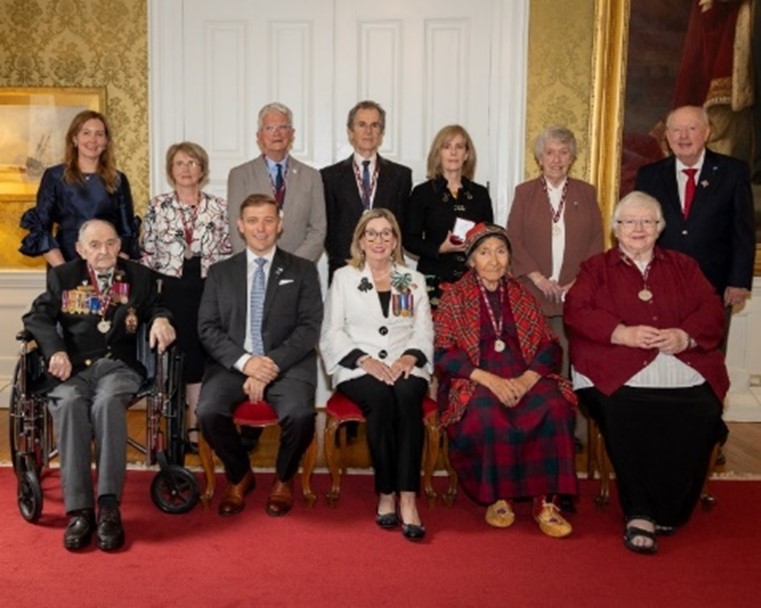
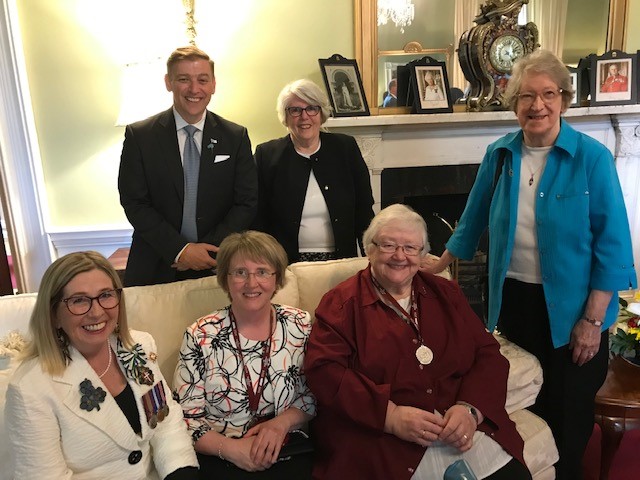
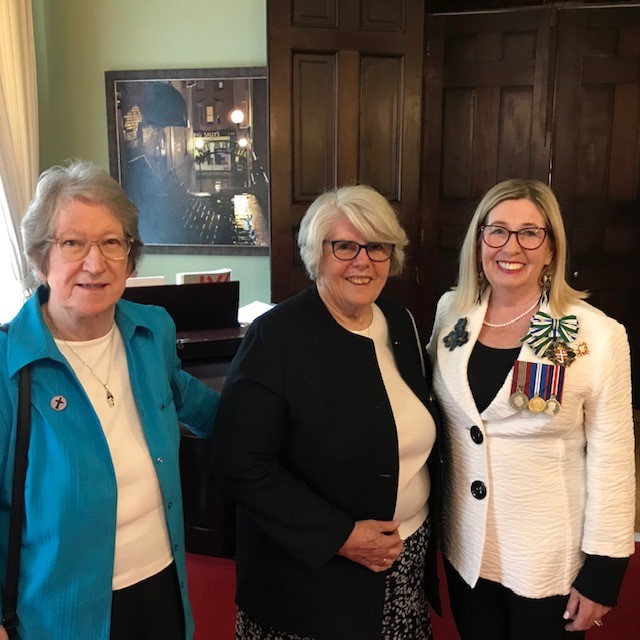


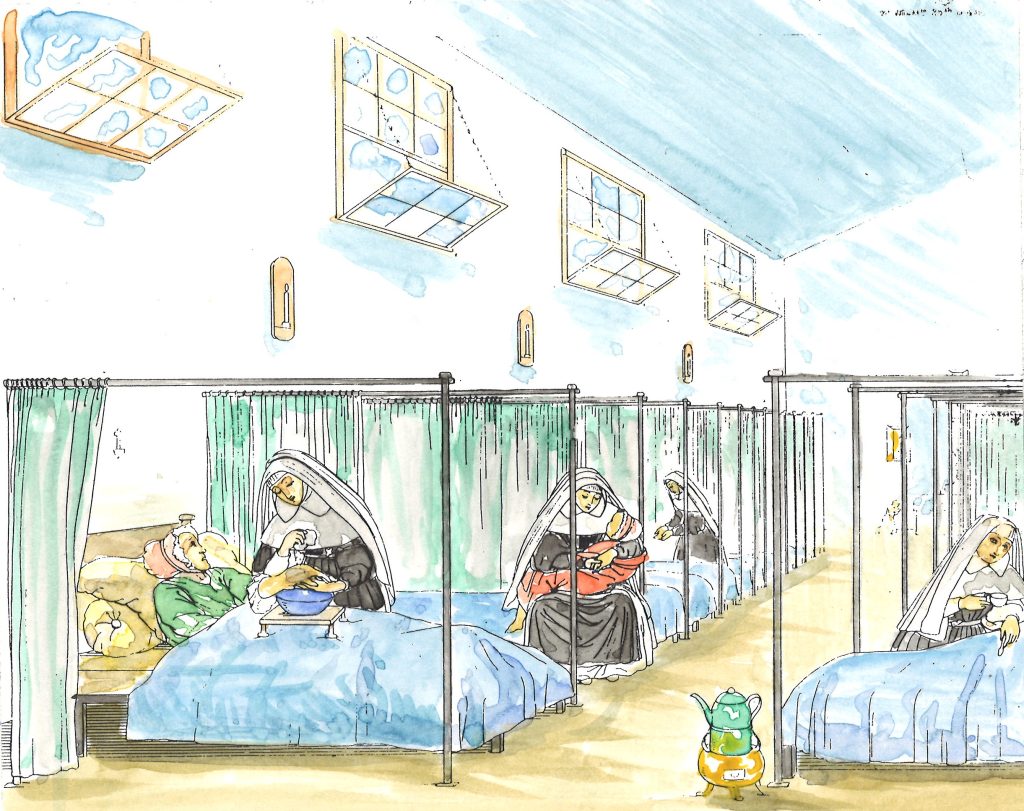 These two great women of Mercy faithfully carried out the works of Mercy as if there were dozens of sisters in the Newfoundland Mercy community – continuing in school and visiting the sick and poverty-stricken in their homes and in St. John’s Hospital (located near present-day Victoria Park). In June of 1947 when St. John’s was in the throes of a severe typhus epidemic, they closed school and devoted themselves entirely to visiting and caring for the sick. It was at St. John’s Hospital that Sister M. Joseph caught the dreaded fever from a young seaman who was suffering great physical and spiritual anguish. Despite the medical services of physicians and the loving care of Sister M. Francis, Sister M. Joseph died after two weeks of suffering the torments of the disease. She was 48 years of age and had only been a Sister of Mercy for four years.
These two great women of Mercy faithfully carried out the works of Mercy as if there were dozens of sisters in the Newfoundland Mercy community – continuing in school and visiting the sick and poverty-stricken in their homes and in St. John’s Hospital (located near present-day Victoria Park). In June of 1947 when St. John’s was in the throes of a severe typhus epidemic, they closed school and devoted themselves entirely to visiting and caring for the sick. It was at St. John’s Hospital that Sister M. Joseph caught the dreaded fever from a young seaman who was suffering great physical and spiritual anguish. Despite the medical services of physicians and the loving care of Sister M. Francis, Sister M. Joseph died after two weeks of suffering the torments of the disease. She was 48 years of age and had only been a Sister of Mercy for four years.
 At her reception into the Novitiate on August 2 of that same year she received the name Sister Mary Patrick Ligouri. A local newspaper, The Newfoundlander, in its August 3,1865 issue, reported on her Reception Ceremony, noting that a couple of her brothers “our respected townsmen, the Messrs. Farrell” had emigrated to Newfoundland from Ireland and were well established in the business community of St. John’s by the time their sister arrived.
At her reception into the Novitiate on August 2 of that same year she received the name Sister Mary Patrick Ligouri. A local newspaper, The Newfoundlander, in its August 3,1865 issue, reported on her Reception Ceremony, noting that a couple of her brothers “our respected townsmen, the Messrs. Farrell” had emigrated to Newfoundland from Ireland and were well established in the business community of St. John’s by the time their sister arrived.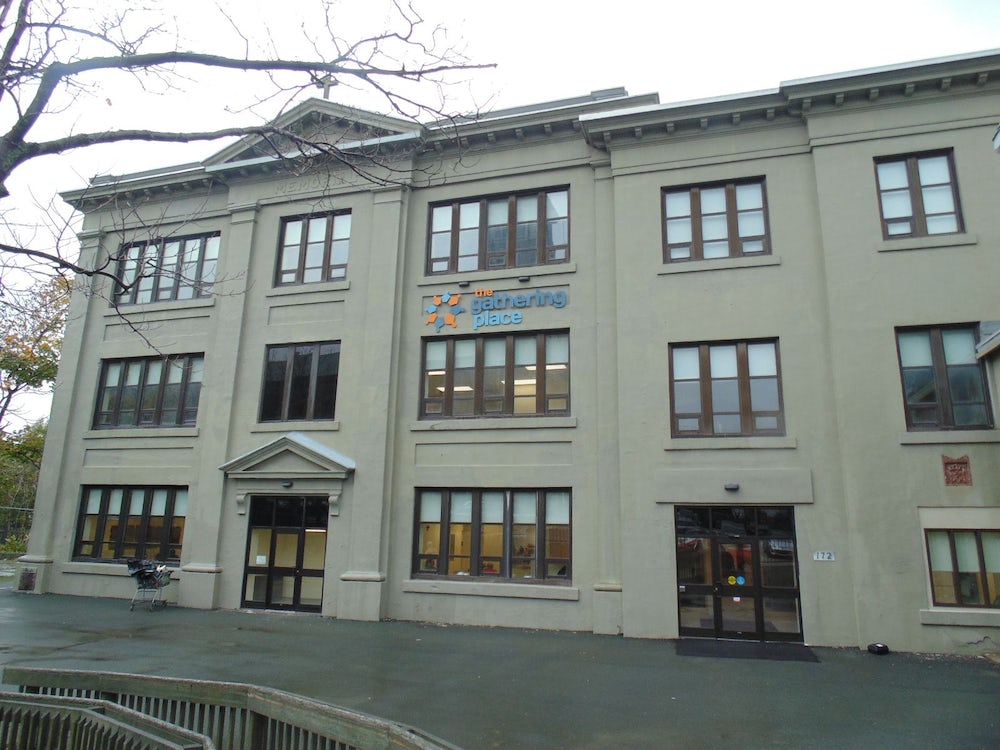
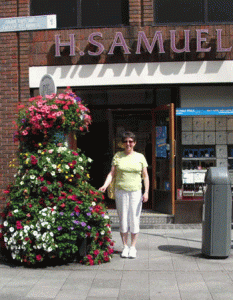 Catherine was never closer to me than when I set out on my quest for the perfect profession ring. After much window shopping and inside browsing, Sister Maureen O’Keefe and I, on the advice of our new-found Irish friend, Sr. Mary McWeeney, found our way to Henry Street and the jewelry store of H. Samuel. Maybe the rest of the story is just pure coincidence but I like to think that the Divine Providence in which Catherine had such faith was also at work here.
Catherine was never closer to me than when I set out on my quest for the perfect profession ring. After much window shopping and inside browsing, Sister Maureen O’Keefe and I, on the advice of our new-found Irish friend, Sr. Mary McWeeney, found our way to Henry Street and the jewelry store of H. Samuel. Maybe the rest of the story is just pure coincidence but I like to think that the Divine Providence in which Catherine had such faith was also at work here.
